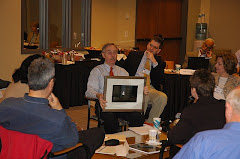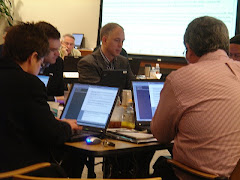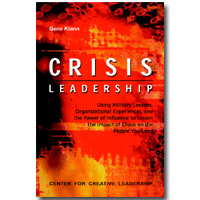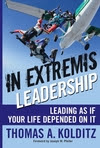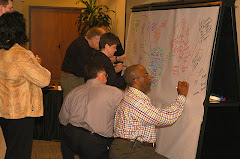 We’ve heard it said that hindsight is 20/20 but "prospective hindsight" can provide much clarity when planning for a crisis.
We’ve heard it said that hindsight is 20/20 but "prospective hindsight" can provide much clarity when planning for a crisis.In a recent Harvard Business Review article Performing a Project Premortem Gary Klein, chief scientist of Klein Associates discusses the benefits of using prospective hindsight in a business setting during the early stages of project planning. Klein describes a method he devised called a “premortem” designed to help project teams identify risks before a project has a chance to go off track.
A premortem is the hypothetical opposite of a postmortem. A postmortem in a medical setting allows health professionals and the family to learn what caused a patient’s death. A premortem in a business setting comes at the beginning of a project rather than the end, so that the project can be improved rather than autopsied. Unlike a typical critiquing session, in which project team members are asked what might go wrong, the premortem operates on the assumption that the “patient” has died, and so asks what did go wrong. The team members’ task is to generate plausible reasons for the project’s failure.
Although many project teams engage in pre-launch risk analysis, the premortem's prospective hindsight approach offers benefits that other methods don't. It not only helps teams identify potential problems early on, but serves to engage team member’s perspectives and thoughts that might otherwise go unsaid. In describing weaknesses that no one else has mentioned, team members feel valued for their intelligence and experience, and others learn from them. The exercise also sensitizes the team to pick up early signs of trouble once the project gets under way.
This type of premortem exercise can be easily applied when planning for crises of any magnitude. As repeatedly reflected in the findings from the Crisis Leadership Forum, the more one can anticipate all that can go wrong in a crisis situation the better able they are to plan for even the most unexpected disaster.
"The magnitude of natural disasters is much, much large than any of us can imagine, so planning needs to go much farther in our thinking about potential scenarios,” said Leigh Allen, CCL faculty member.




